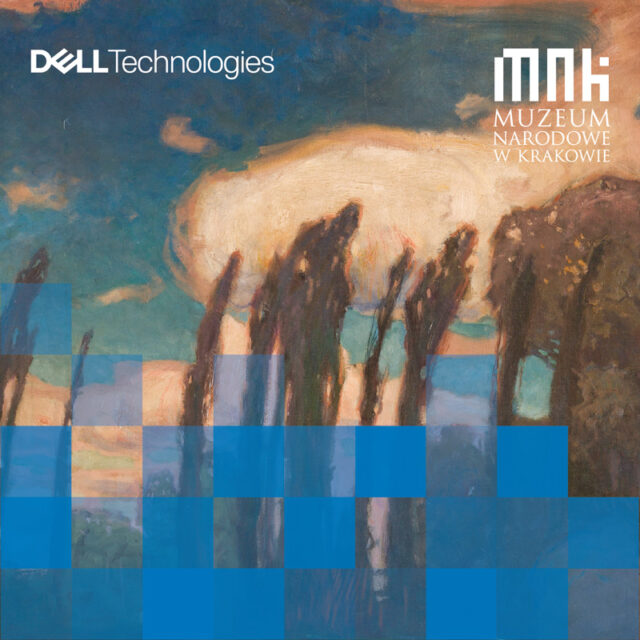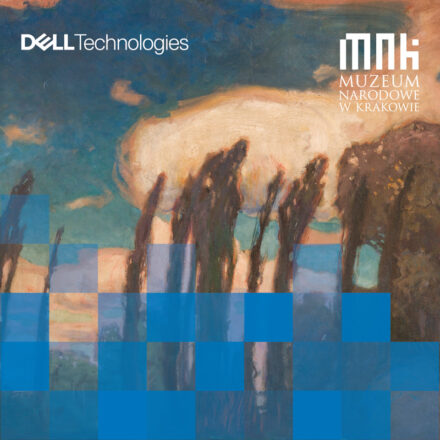The Museum’s goal is to collect, protect and make culture accessible. It’s easy to see that two of these undertakings fundamentally contradict each other – wanting to share an object as widely as possible makes it extremely difficult to protect, forcing museum professionals to compromise both of these issues. This is where technology steps in. The problem of sharing and protecting can be solved by creating digital copies of the amassed collection, which can then be viewed by millions of people through the worldwide network. However, this solution only appears simple.
This is perfectly seen in the example of the National Museum in Krakow, the oldest and largest museum institution in Poland that boasts a collection of approx. 1 million exhibits – priceless works of art, as well as objects pertaining to Polish heritage and world culture. Wanting to both protect the collection as best as possible and make them available to the widest possible audience, the NMK decided to begin work that was aimed at digitizing the entire collection.
The first challenge that had to be addressed was the storage space. Digitization involves taking a series of high-quality digital photos that are then saved in a large-volume file. Acknowledging that the National Museum houses over a million objects, storing their digital records turned out to be a serious challenge. And yet, the storage itself is just the beginning.
Large area, quick access
In order for the collections to be really secure as a digital medium, it is necessary to effectively create their backups, which is not a minor task considering the volume of the collection. Equally, and perhaps even more technologically demanding, is to ensure that the speed is appropriate and that there is efficient access to the digitized collections so that they can be publicly available on the Internet. It was clear that it was essential to build an IT infrastructure that was suitably efficient, accessible and secure.
Considering all of these challenges, in other words, the need to provide easy backup, high efficiency, and the possibility for the solution to be greatly scalable since data will continue to grow – the Dell EMC Isilon array ended up being the solution that met all of the expectations.
This platform provides great flexibility, which enables the creation of a unified disk space based on multiple Dell EMC Isilon arrays, which is available as one common resource instead of creating many separate ones. This specific function significantly simplifies the processes connected to the management and planning of data storage infrastructure development.
But that’s not all – there is more information to be learned about the implementation and the solution itself in this video!


